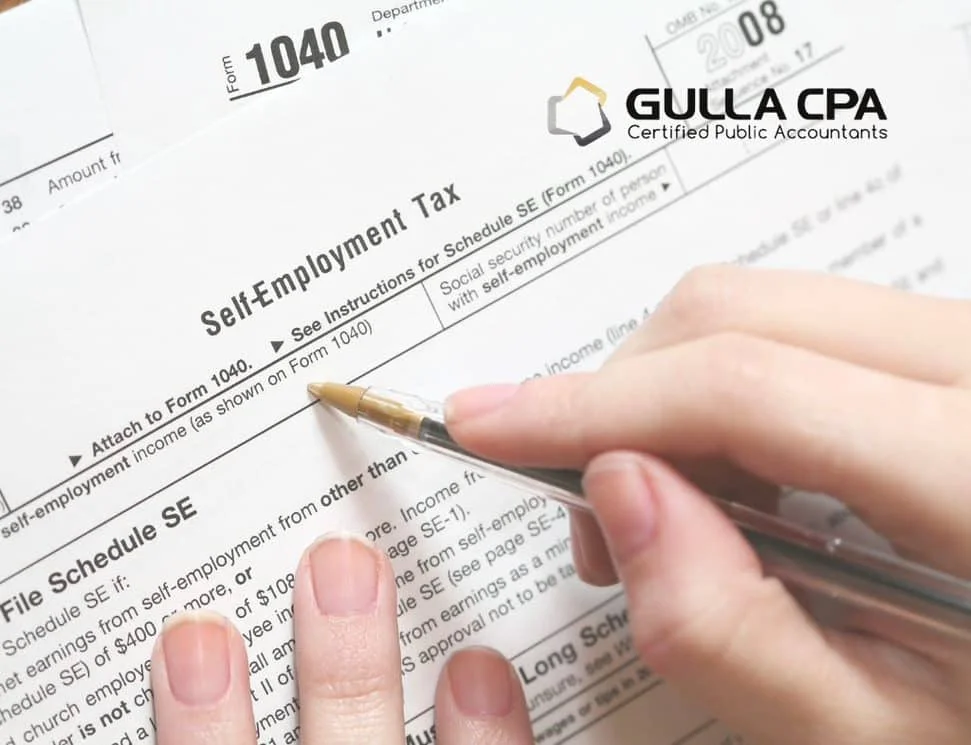If you’re self-employed and spend a significant portion of your business day driving from Point A to Point B, it’s crucial that you track your mileage and auto expenses.
There are two methods available for taxpayers to offset their self-employment income with their vehicle costs: i) standard mileage deduction and ii) actual auto expenses. The standard mileage deduction is a simplified approach, whereas taking actual auto expenses requires more detailed tracking.
You may be asking yourself, which is a better option for me: the standard mileage deduction or the actual expense method? The answer is…it depends.
The only way you can determine which method is best for you is to calculate both to see which affords you a greater deduction. There are further considerations, which we will get into later.
Here’s a breakdown of both auto deduction methods. Let’s get into it!
Standard Mileage Deduction
This is a simplified approach to deducting your vehicle costs. To calculate the standard mileage deduction, you multiply your business miles driven by the federal standard mileage rate.
What Miles Count?
“Business miles” is defined by the IRS as miles driven outside of your regular work commute. For example, say you are a real estate broker. You have a routine commute to your office, and you travel to meet clients for showings. Unfortunately, the miles you drive for your regular commute cannot be counted as business miles; however, the miles you drive to meet clients for showings do count as business miles.
What is the Standard Mileage Rate for the 2022 Tax Year?
The 2022 mileage rate is $0.585 for January 1, 2022, through June 30, 2022, and it’s $0.625 for July 1, 2022, through December 31, 2022. Note that the standard mileage rate will increase for the 2023 tax year to $0.655 per business mile.
Actual Auto Expenses
As the name suggests, this method allows you to deduct your actual costs incurred to own and operate your business vehicle.
What Expenses Can be Included?
Actual auto expenses include the following:
- Gas
- Insurance
- Interest expense (if the vehicle is financed)
- Lease payments or depreciation (if you own/financed the vehicle)
- Licenses
- Oil
- Registration fees
- Repairs and maintenance
- Tires
- Washes
If the vehicle isn’t used exclusively for business use, the calculation becomes a bit more complicated. You’re required to exclude the proportion of actual auto expenses incurred for personal usage of the vehicle.
For example, you drove your vehicle 10,000 miles throughout the year, and 7,500 of those miles were business, whereas the other 2,500 miles were for personal use. In this scenario, your vehicle is 75% business use, and therefore, you can deduct 75% of your actual auto expenses. So, if your vehicle is partially driven for personal use, you must track your personal vs. business mileage.
Important Considerations
If you decide to use the standard mileage rate, you have to use it during the first year that your car becomes available for business use. Then, in future years, you may switch to the actual auto expense approach if it ends up being more advantageous.
Conversely, if you use the actual auto expense approach during the first year the vehicle is placed in service, you cannot switch to the mileage rate approach in subsequent years.
How We Can Help
Our CPAs have a breadth of experience in the self-employment spectrum of taxation. If you require assistance, don’t hesitate to reach out to us.













